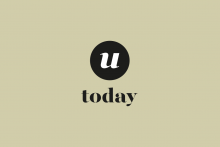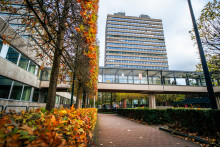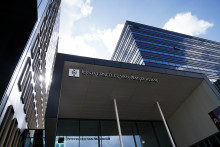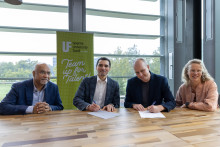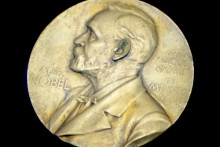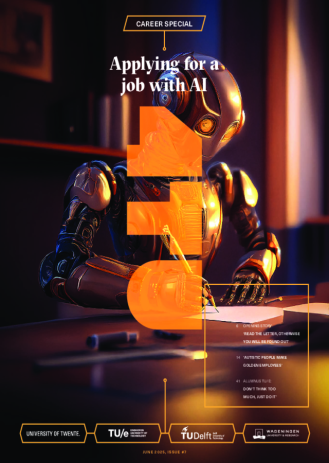Subramaniam's diverse background affords him unique perspectives on research. Take his recent experience at a pharmaceutical company, for example. He likens the transition to industry from academics to moving to a new country. Industry projects are conducted in smaller increments (rarely exceeding 18 months) and at a faster pace; they are application-oriented and highly focused. Subramaniam concedes, however, that a university atmosphere is appealing largely because of its inherent freedom and flexibility in conducting research. He hopes to draw on his tenure at AstraZeneca in his new position at the UT, explaining that he now knows `how to talk the talk,' which is useful when appealing to industry for funding. At AstraZeneca, he learned to define goals clearly and to make dispassionate decisions. Subramaniam adds that he is eager to pass on `first-hand knowledge to students who may someday work in industry… to impart a sense of reality.'
Subramaniam's experience as a PhD candidate in the US permits him to compare Dutch and American PhD programs with authority. He describes the US program as `essentially interminable,' averaging seven years for an MS/PhD degree, whereas Dutch AIOs have a fixed contract, generally for four years. American PhD students begin with at least two years of coursework to get candidates to the same level. They receive a stipend in exchange for helping advisors with research or teaching, not for thesis-related work as is the case with Dutch AIOs. From what Subramaniam has observed so far, first-year Dutch PhD students are often better prepared in math and physics than their American counterparts. The application process also differs between the countries: in the US, students apply to join a department; in the Netherlands, a group or an individual professor must attract students for particular projects. American PhD students typically work 60-70 hours a week, but this may include time spent goofing around in the laboratory on weekends. Being a PhD candidate in the US is more than a job, it is an all-consuming identity. Subramaniam questions the efficiency of such a system. Here at the UT, he sees AIOs working 8:30am - 5:30 pm and suspects that the concentrated focus of energy and attention may work to their benefit, averring that the `work-life balance is far better developed here.'
Of his group's facilities, Subramaniam describes them as `absolutely unique' in their innovative capabilities. In particular, he is impressed by the technical staff members (`geniuses') and their `home-built' laboratories which offer so many more possibilities than pre-fabricated equipment. A researcher explains what is needed, the technical staff member realizes the vision. `What a novel way of visualizing!' he exclaims.
Subramaniam's unique cv also enables him to spot research trends. Gone are the `silo approaches' where rigid boundaries of certain fields are adhered to. `Delimitations are disappearing in a move to interdisciplinary approaches,' opines Subramaniam. He points out that the UT is already making a move from primarily technology and engineering toward life sciences, and the Biophysical Engineering group is poised to further contribute to this trend. He predicts `more and more collaboration' and would like to see cross-field projects where Master's students from different groups work together.
Speaking of trends, what about the current influx of non-Dutch faculty members at the UT? According to Subramaniam, the strong economy of the late 1990s `siphoned out Dutch students' as they pursued lucrative jobs in industry. He predicts that the current weak economy will reverse that trend and lure qualified Dutch students back to academia. Subramaniam also acknowledges the effects of globalization and the EU expansion which enable scientists to travel and work with hitherto unheard of ease. The use of English as the lingua franca in European universities in general, and at the UT in particular, attracts international scholars. Furthermore, post-September 11, it is harder to get access to US research institutions. `Europe is becoming more competitive as a destination option for researchers,' asserts Subramaniam.
Fortunately for the UT community, such phenomena have encouraged Professor Vinod Subramaniam to join the faculty.
Kristin Zimmerman
Vinod Subramaniam



